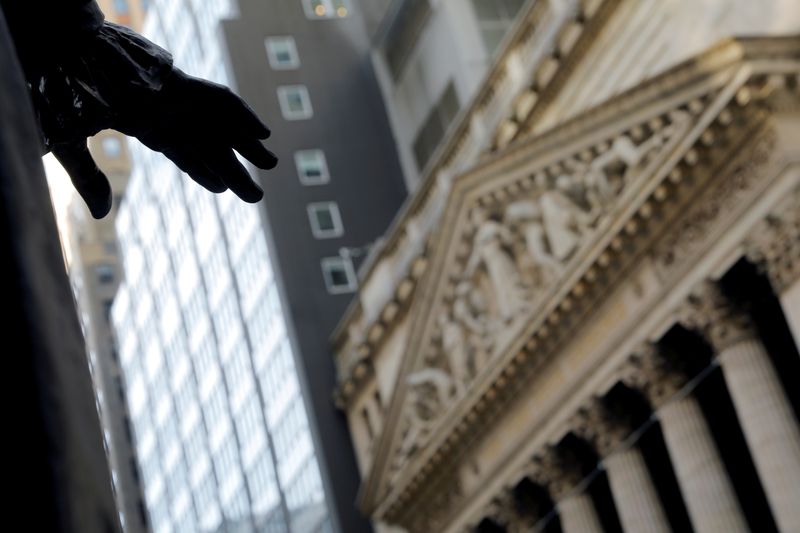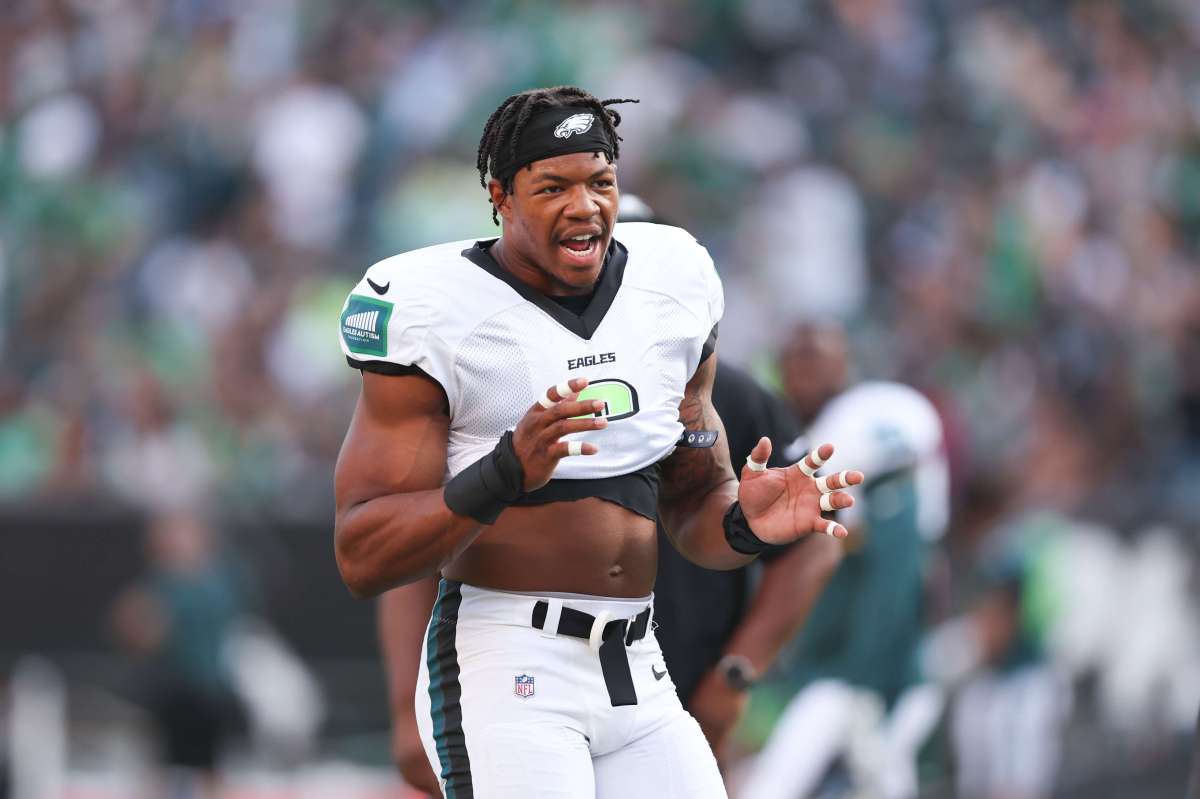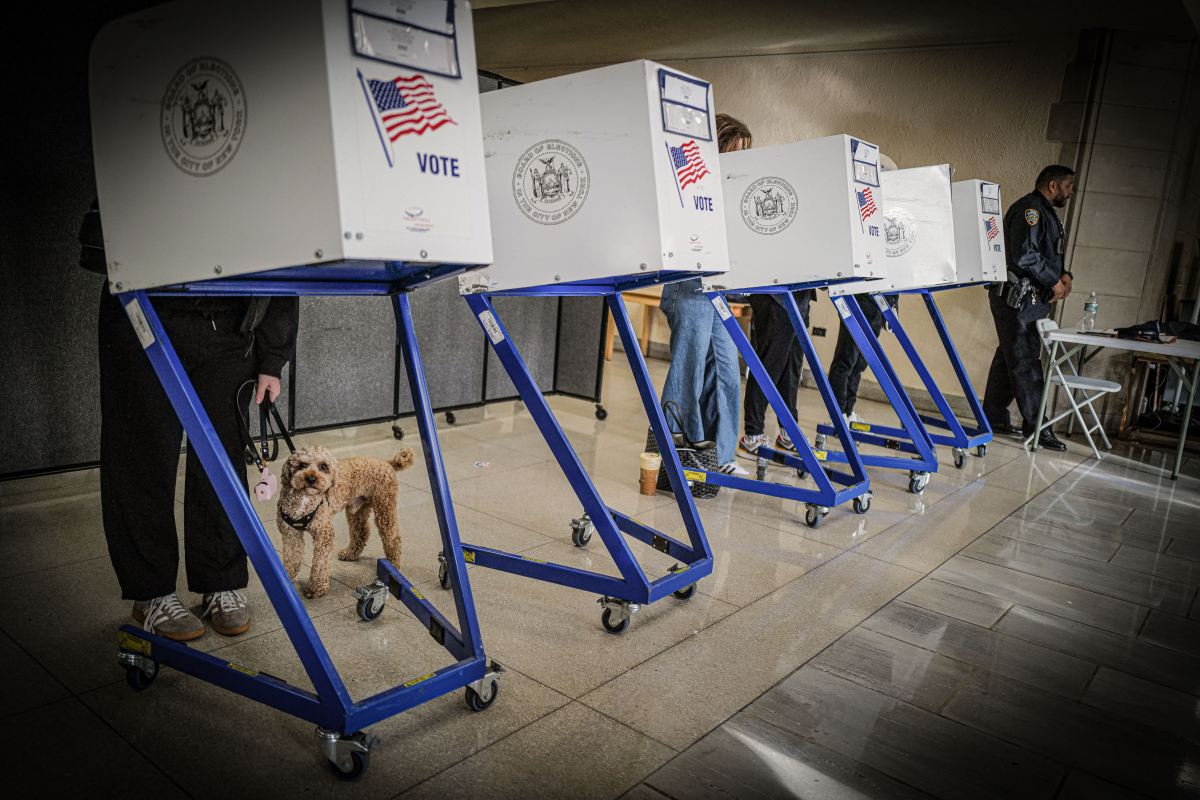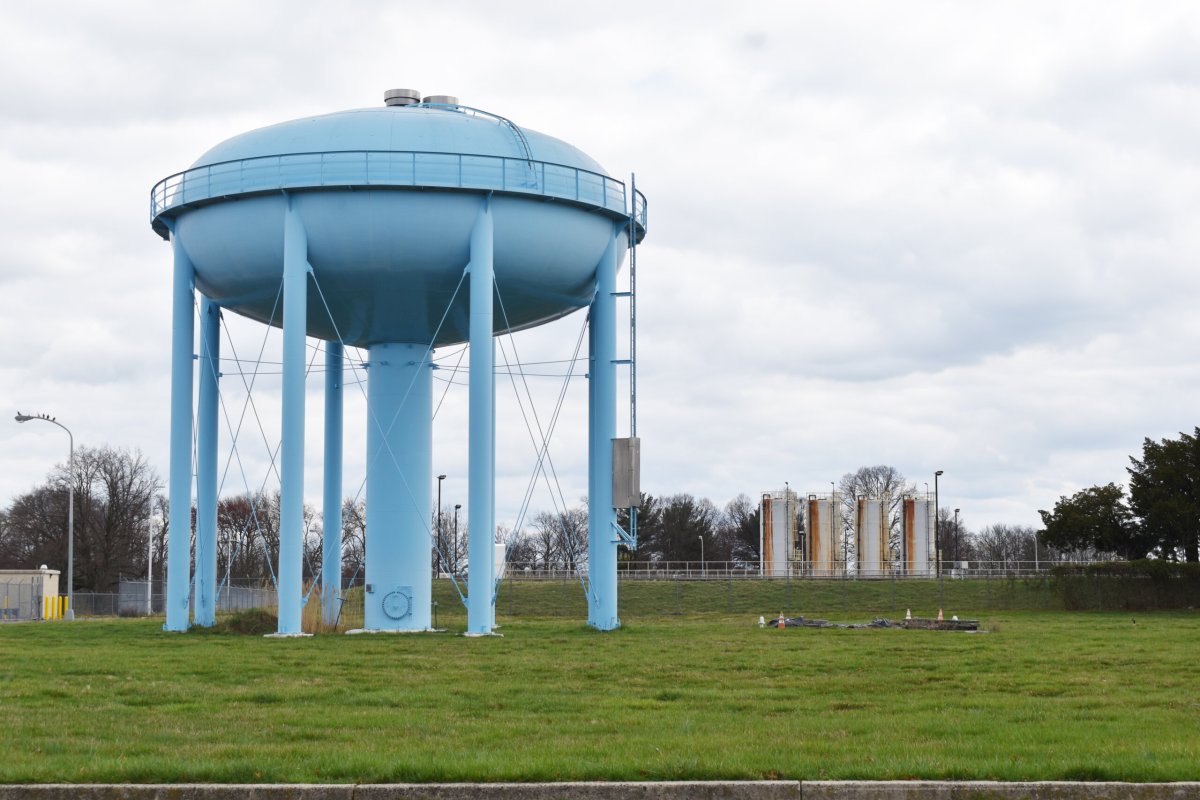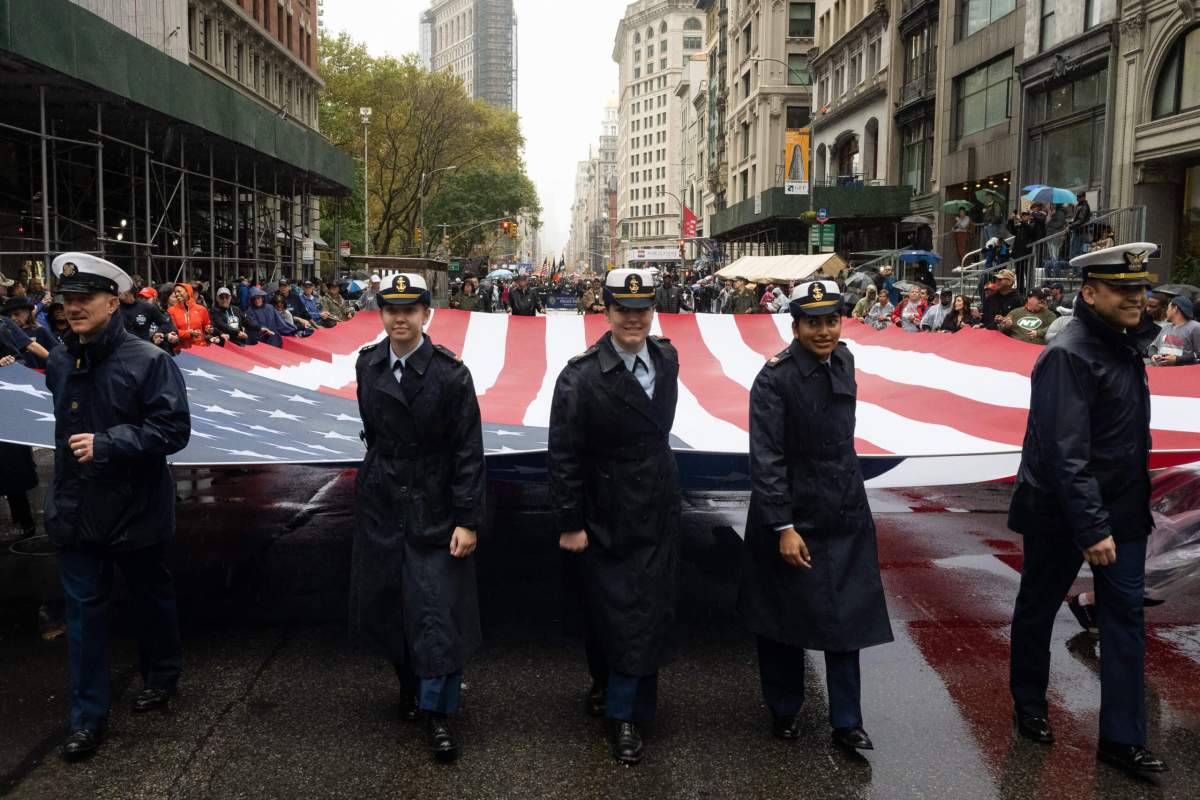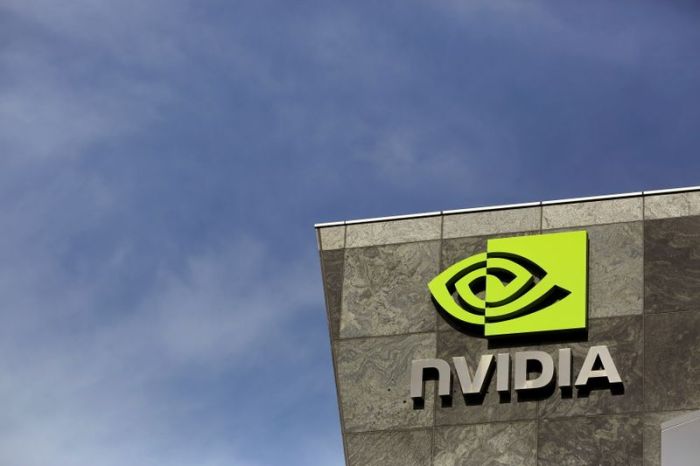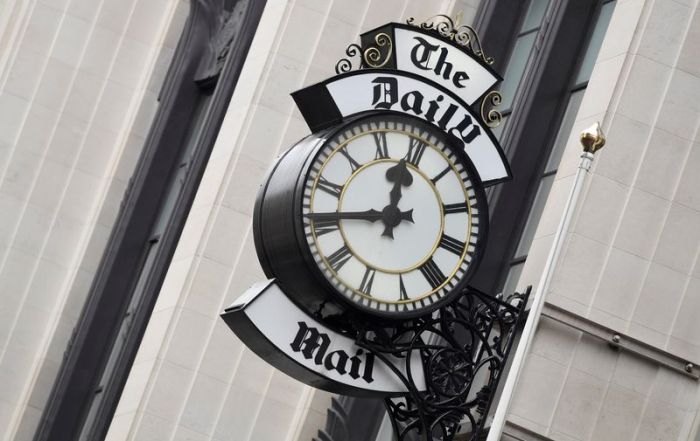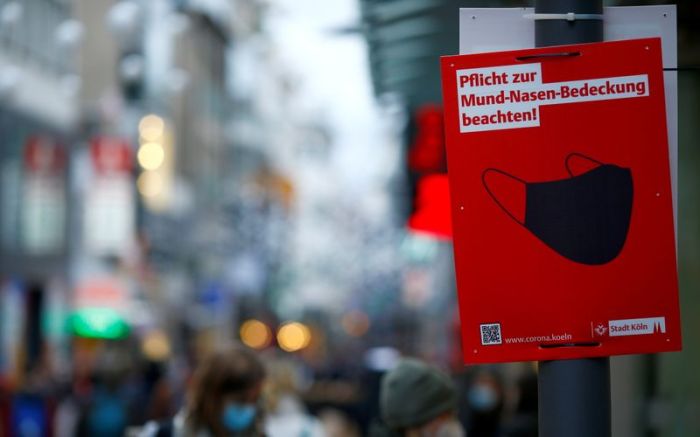NEW YORK (Reuters) – A broad rally sent Wall Street to a sharply higher close on Thursday, recovering ground lost over recent sessions as market participants snapped up bargains while digesting the implications of a shifting pandemic.
All three U.S. indexes advanced, with investors favoring value over growth, and economically sensitive smallcaps and transports outperforming the broader market.
Of the three, the Dow gained the most, notching its highest one-day percentage gain since March 5, with Boeing Co providing the biggest lift to the blue-chip industrial average.
“We went 29 days in a row in the S&P 500 without a 1% change, up or down, but boom – Omicron hits and five days we’ve had this blast of volatility,” said Ryan Detrick, chief market strategist at LPL Financial in Charlotte, North Carolina.
“After the worst two-day drop in more than a year, we’re finally seeing a bit of a bounce,” Detrick added. “Buyers are starting to nibble after the recent weakness and pushed stocks higher, but the uncertainty of Omicron is still out there.”
As world governments scramble to determine how to respond to the emergent COVID-19 Omicron variant, the United States is set to require private health insurance companies to provide at-home tests, a policy expected to go into effect on Jan. 15.
The Omicron variant has spooked markets for about a week, hitting travel-related stocks particularly hard as a patchwork of new restrictions were enacted around the globe, but those companies were bouncing back in Thursday’s session.
The S&P 1500 Airlines and Hotel and Restaurants indexes jumped 7.5% and 3.8%, respectively.
It was the S&P 1500 Airlines index’s best one-day performance since Nov. 9, 2020, when Pfizer Inc announced the vaccine it developed with BioNTech was more than 90% effective in preventing COVID-19 infection.
Jobless claims and planned layoffs data provided further evidence that employers are increasingly disinclined to hand out pink slips amid a tight labor market, the result of booming demand colliding with worker scarcity and low labor market participation.
Labor scarcity, combined with stubbornly persistent supply chain constraints, has helped erase the word “transitory” from the Federal Reserve’s inflation vocabulary as wages and prices continue to rise, and could very well translate into rate hikes coming sooner and faster than many had hoped.
Market participants now train their gaze on the Labor Department’s hotly anticipated November employment report, expected on Friday.
“We’re optimistic we’ll have another strong number, suggesting the economy continues to be on very firm footing,” Detrick added. “We’re watching wage growth for any hints of potential inflationary worries.”
The Dow Jones Industrial Average rose 617.75 points, or 1.82%, to 34,639.79, the S&P 500 gained 64.06 points, or 1.42%, to 4,577.1 and the Nasdaq Composite added 127.27 points, or 0.83%, to 15,381.32.
All 11 major sectors of the S&P 500 closed in positive territory, with industrials, energy and financials enjoying the biggest percentage gains.
Boeing shares had their best day since Feb. 24, jumping 7.5% after China’s aviation authority gave its seal of approval the planemaker’s 737 MAX aircraft.
Grocery retailer Kroger Co raised its full-year sales and profit forecasts, sending its stock bounding 11% higher.
Consumer credit companies Visa Inc, Mastercard Inc and American Express Co all advanced more than 4%.
Advancing issues outnumbered declining ones on the NYSE by a 2.49-to-1 ratio; on Nasdaq, a 1.79-to-1 ratio favored advancers.
The S&P 500 posted four new 52-week highs and 12 new lows; the Nasdaq Composite recorded 15 new highs and 559 new lows.
Volume on U.S. exchanges was 12.85 billion shares, compared with the 11.40 billion average over the last 20 trading days.
(Reporting by Stephen Culp; additional reporting by Devik Jain and Anisha Sircar in Bengaluru; Editing by Marguerita Choy)

